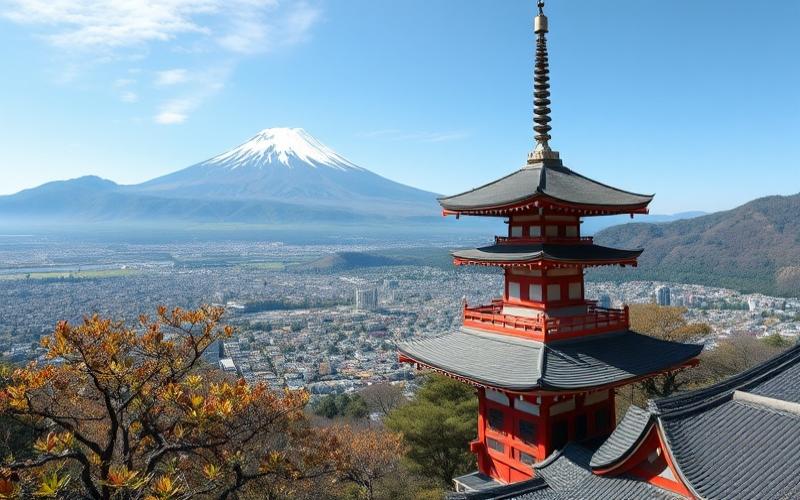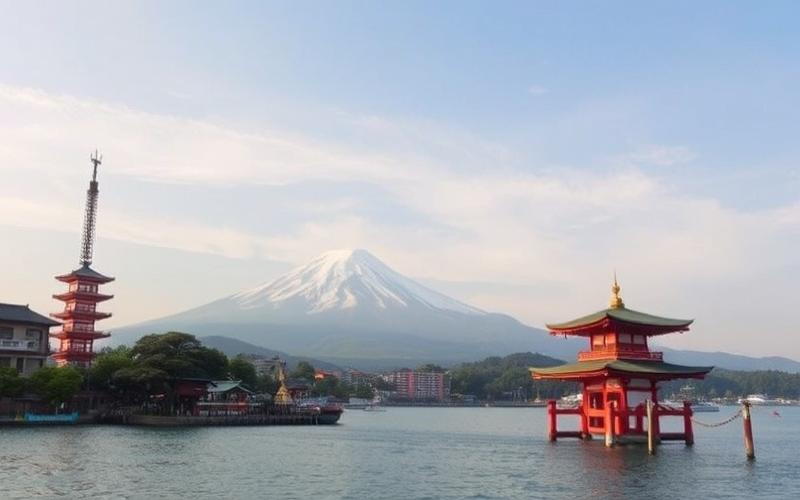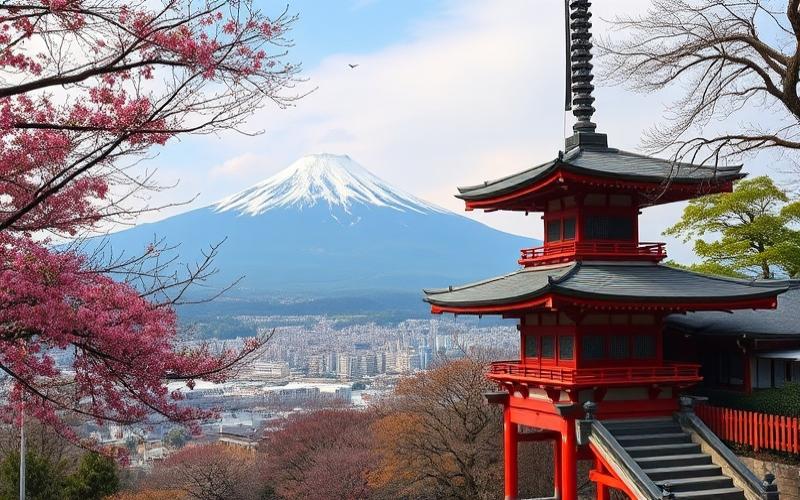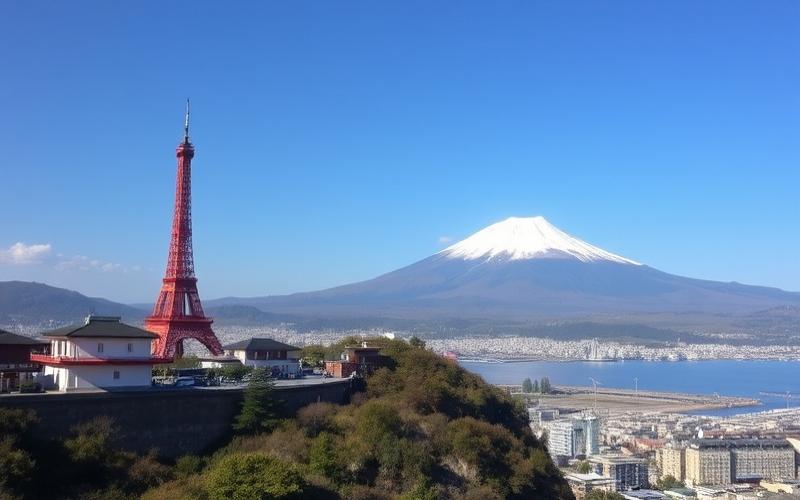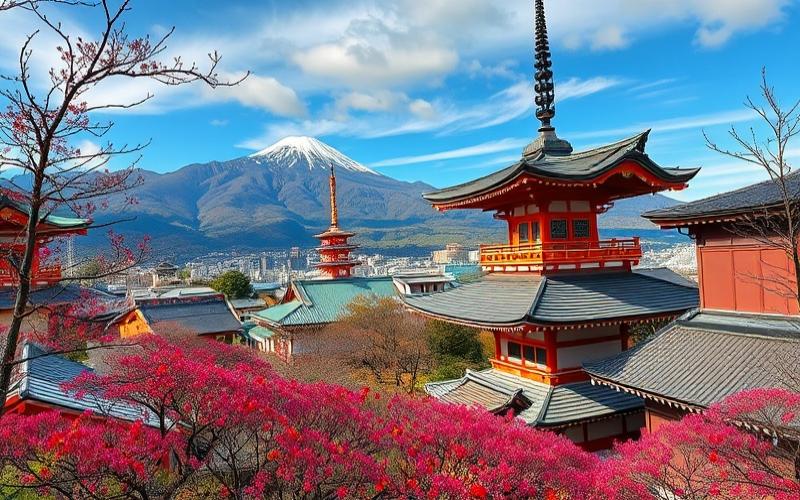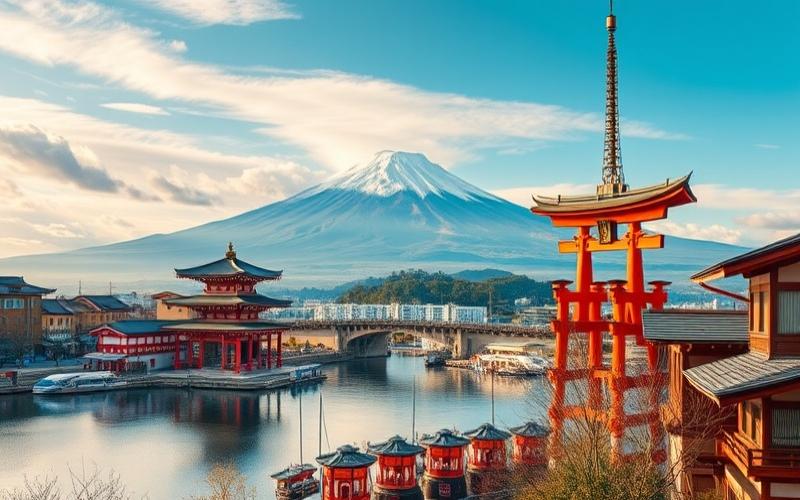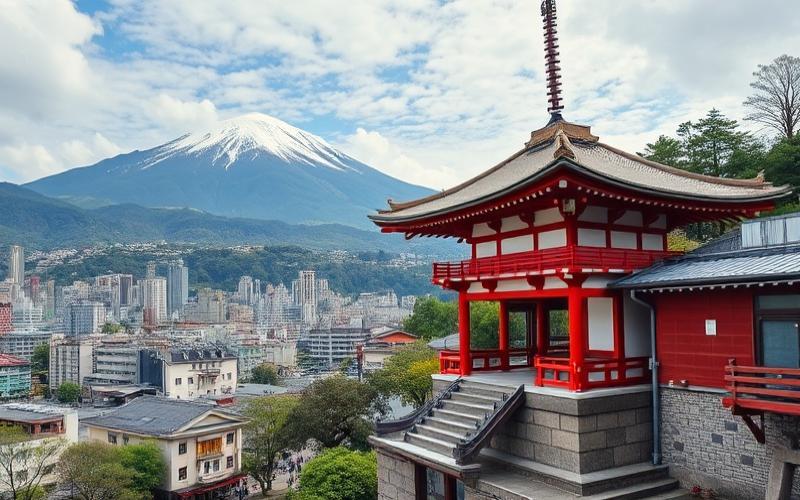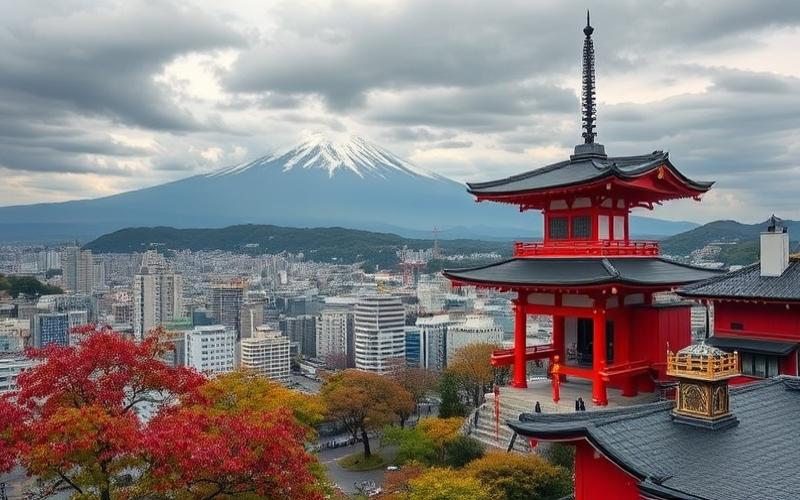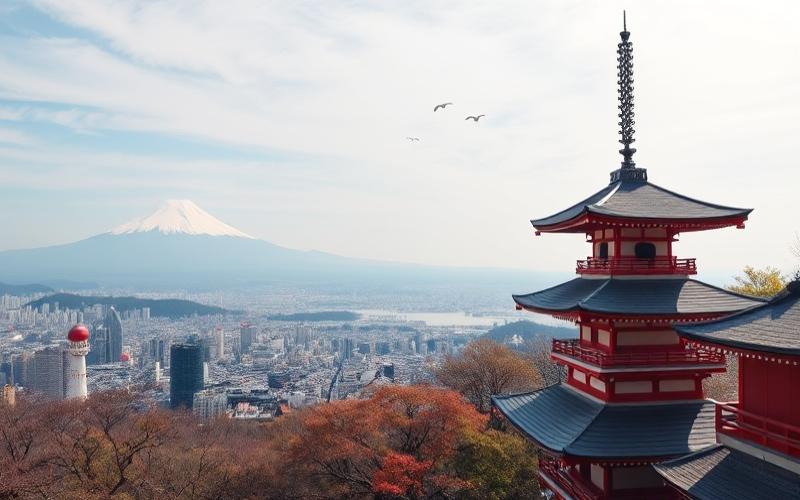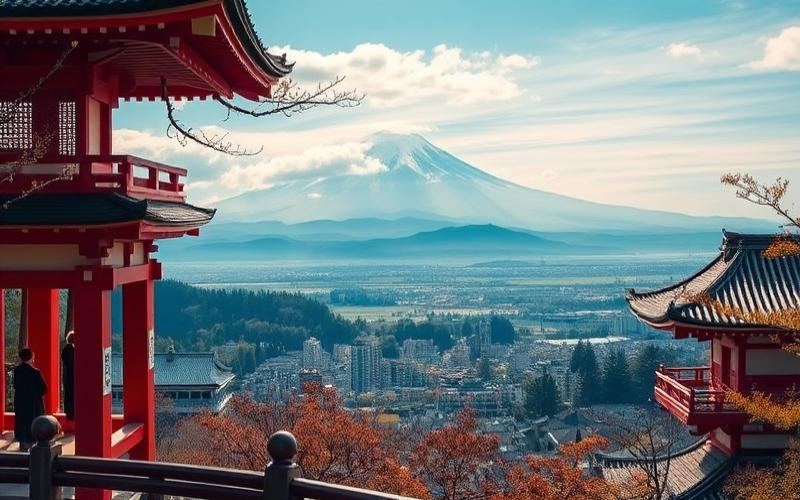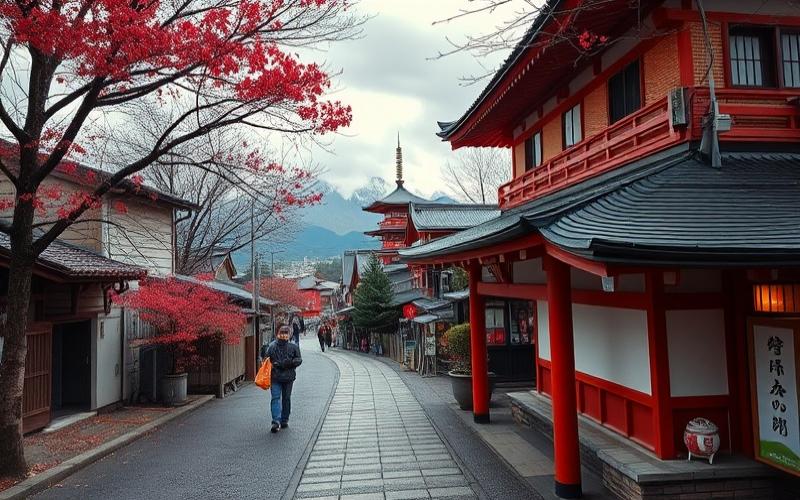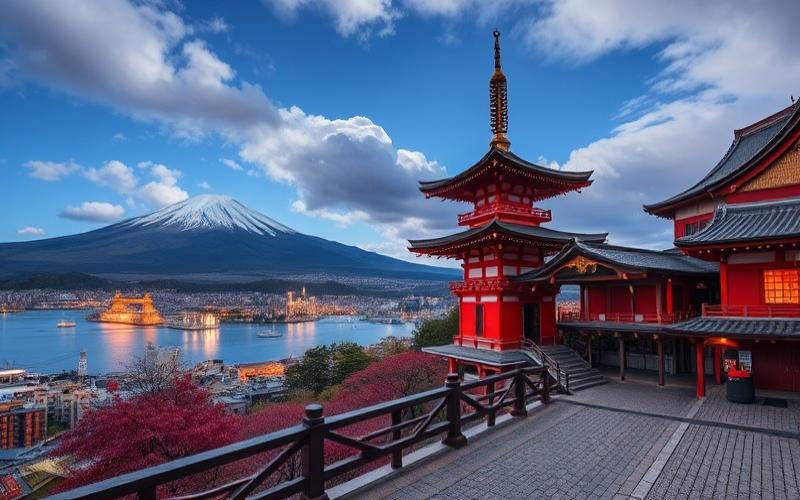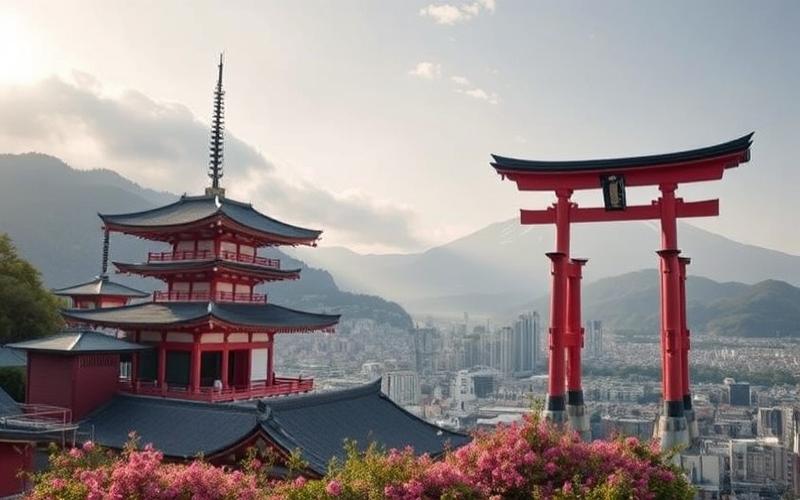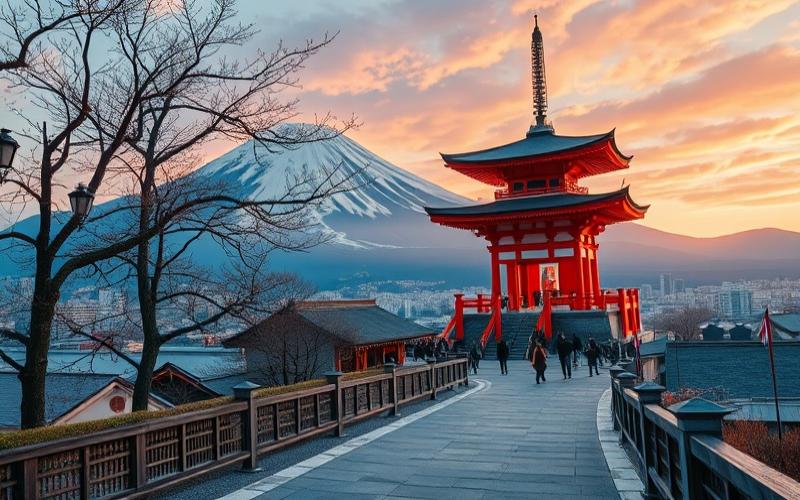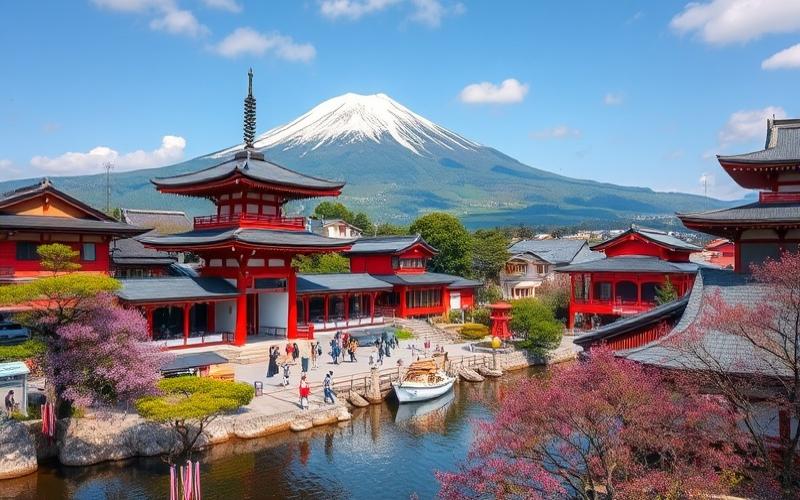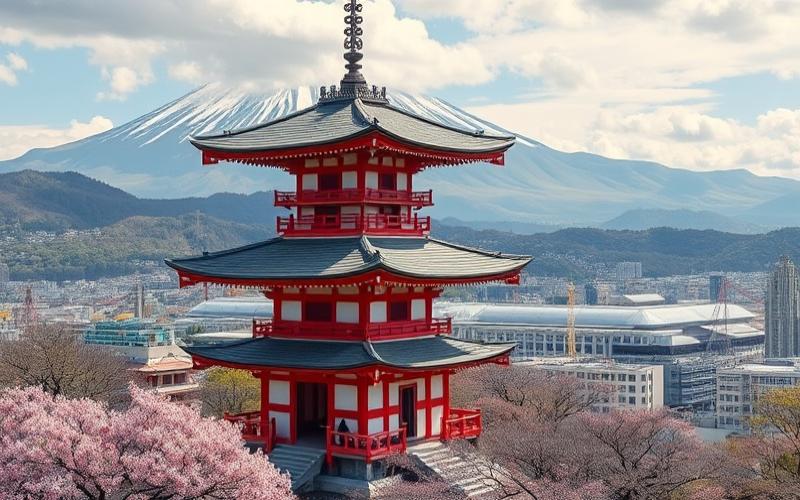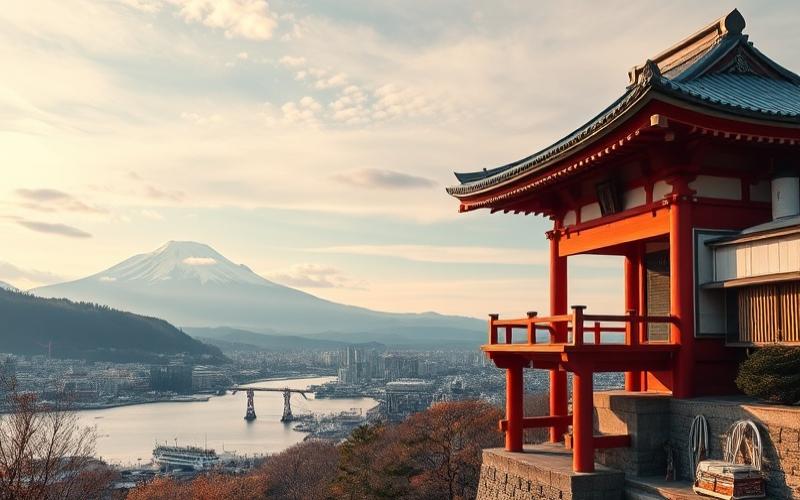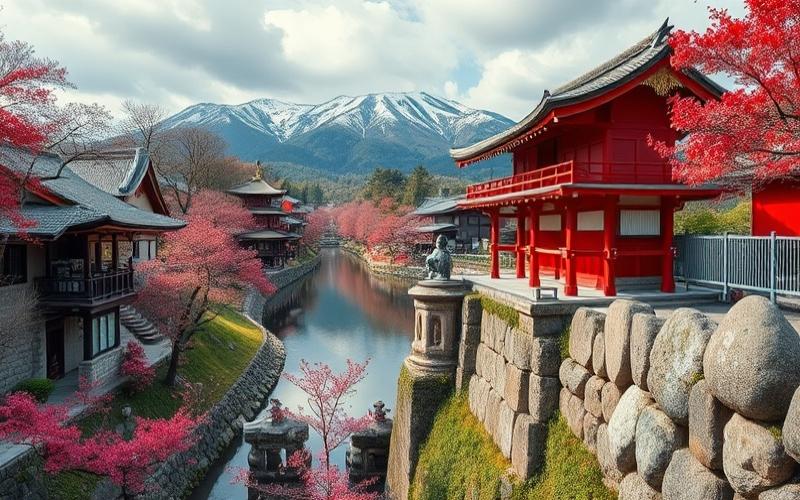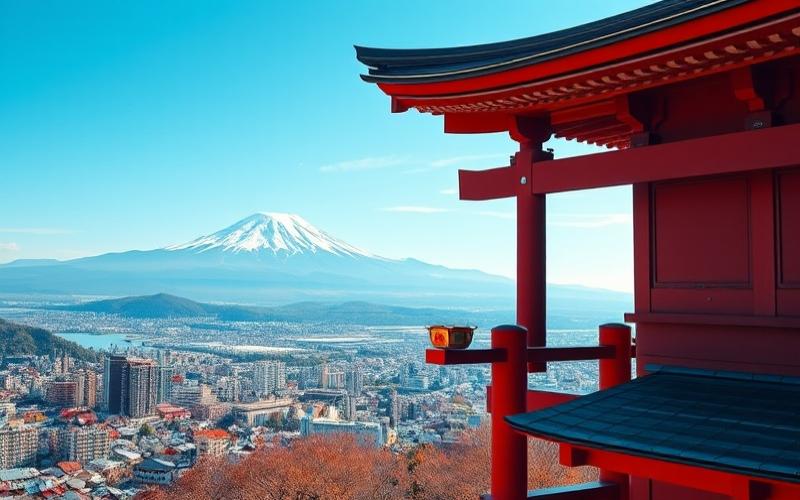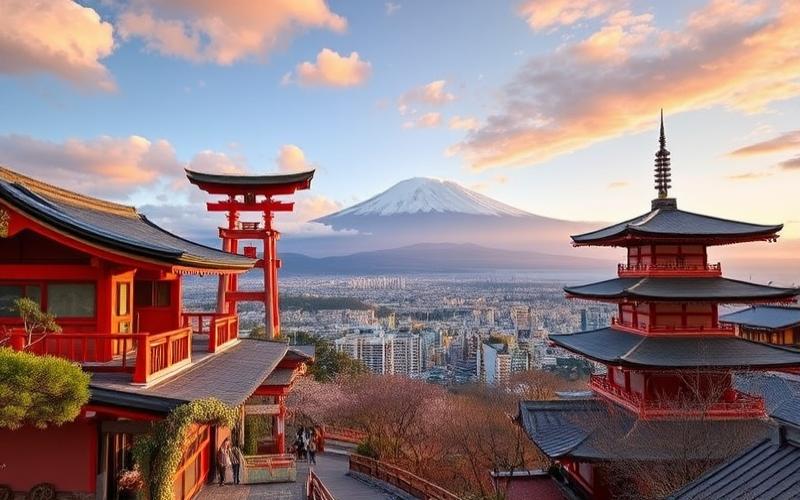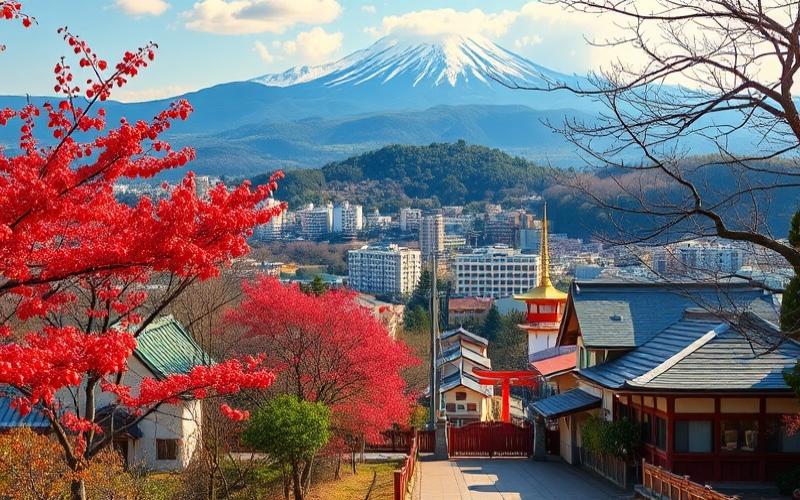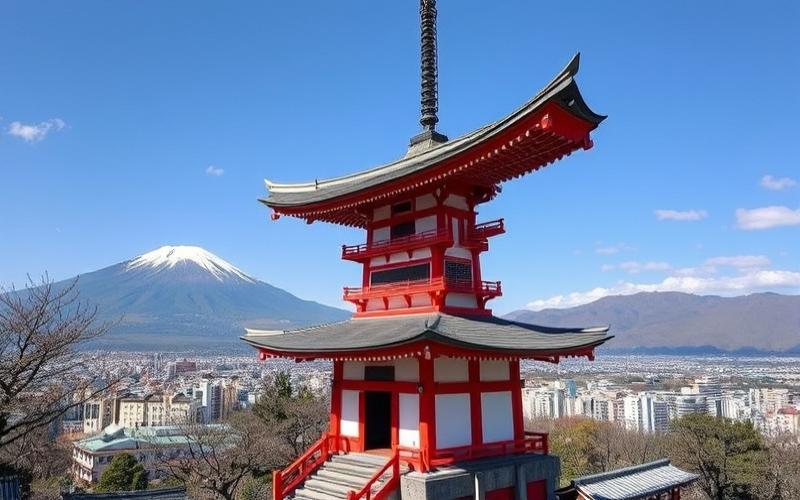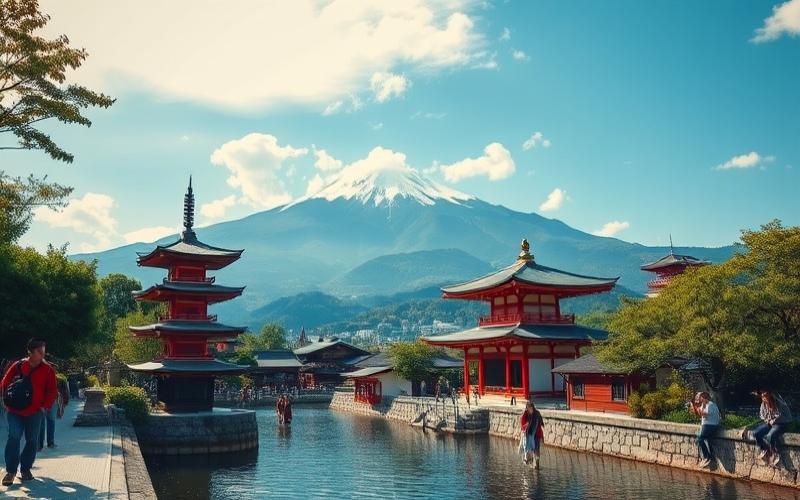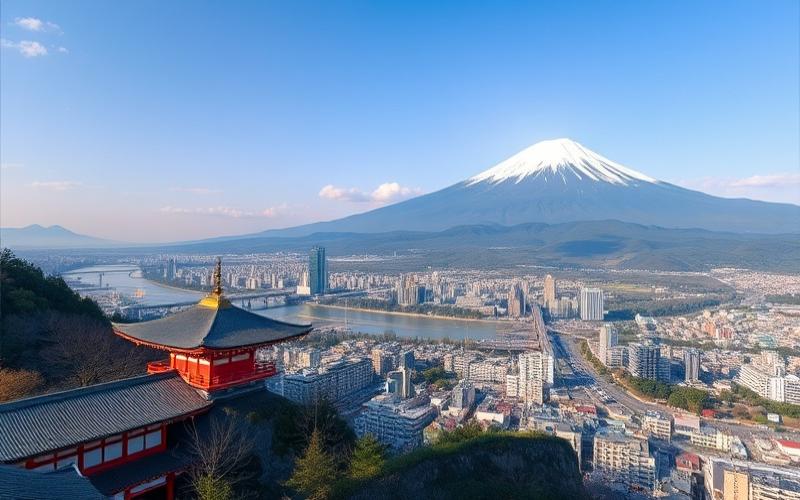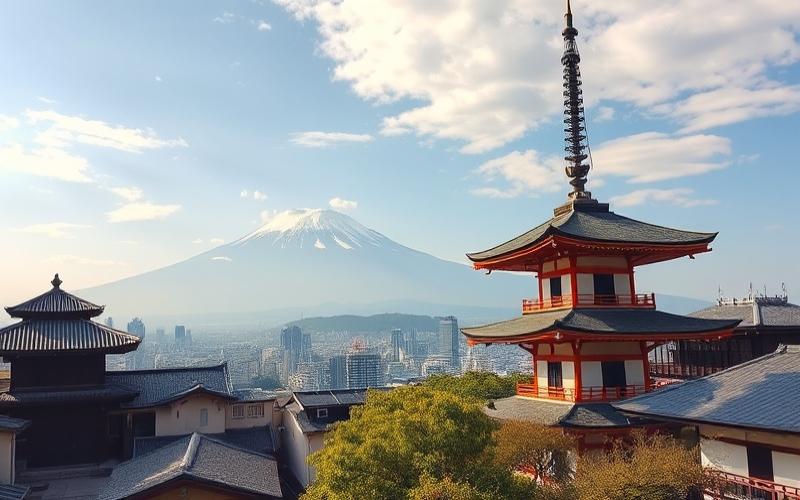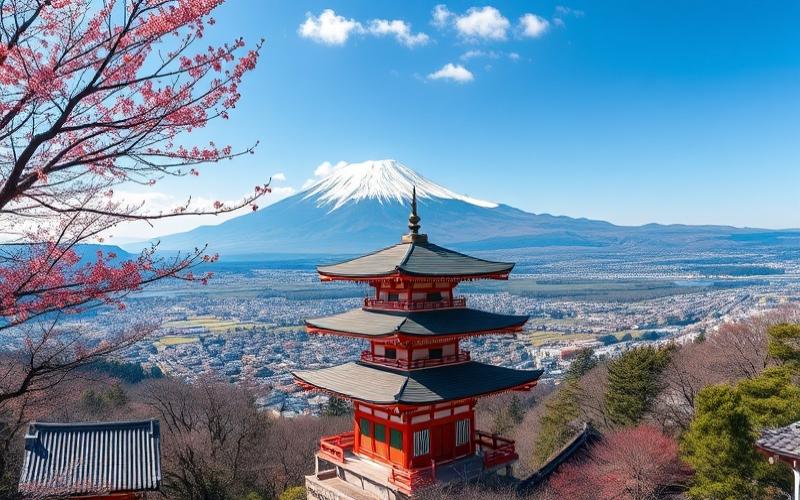
 Published on and written by Cyril Jarnias
Published on and written by Cyril Jarnias
Navigating the complex world of design protection in Japan can seem daunting for creators and businesses eager to preserve the integrity of their creations. With a dynamic economy and an ever-evolving high-tech market, this country stands out for its specific and rigorous legal system. To ensure optimal protection against counterfeiting and safeguard your intellectual property, it’s crucial to understand the essential steps for filing and managing rights. Exploring this issue will not only allow you to discover the unique benefits offered by the Japanese system but also protect against costly international disputes, thereby ensuring the longevity of your creativity on the global stage.
Essential Steps for Filing a Design in Japan
Detailed Steps for Filing a Design Patent Application in Japan
- Need for a Preliminary Search
Before filing a design patent application, it’s essential to conduct a search of pre-existing designs to check if others have already registered the same or a similar design. This helps avoid the risk of your application being rejected or receiving a warning for infringement. For this search, the J-PlatPat database provided by the Patent Office is used, allowing you to search for information on published and registered designs. - Required Documents and Preparatory Procedures
Here are the main documents and preparatory procedures required at the time of filing the application.
- Design Patent Application (Form):
- Applicant and creator information
- Name of the item related to the design
- Description of the item or associated design to be filled in if necessary
- Drawings or Photos: Specific drawings of the design (plan view, perspective view, etc.) are required. Additionally, in some cases, samples or prototypes may be submitted, but there are restrictions regarding size, material, etc.
- Formal Requirements: Printing is mandatory on white A4 paper, and the text must be in black, clear, and written with indelible ink. Electronic submission is also possible.
Filing Procedure
- Method
- Paper Filing: At the Patent Office counter or by mail (address: 3-4-3 Kasumigaseki, Chiyoda-ku, Tokyo 100-8915, Attention: Commissioner of the Patent Office). For postal submission, use a trackable method like registered mail and indicate “Contains a design patent application.”
- Electronic Filing: Use dedicated software (Internet filing software) and an electronic certificate for online application. Consult the Patent Office’s electronic filing support site for more information.
- Cost
Initial fees of 16,000 yen in patent stamps are required. Additionally, for paper filing only, additional scanning fees of 2,400 yen + (800 yen × number of pages) apply.
Types of Protection
- Provisional Protection: Applies from publication to the minimum protection period.
- Long-Term Protection: Lasts 20 years from the registration date or up to 25 years after the 2020 legislative amendments. However, annual renewal fees apply.
Average Processing Time and Remedies in Case of Rejection
The final judgment process typically takes 6 to 12 months via formal examination and substantive examination.
Good to Know:
Before filing a design in Japan, it’s essential to conduct a preliminary search to ensure the design’s originality. Once this verification is done, prepare the required documents, including a detailed description and the design’s specifications, as well as the specific forms from the Japan Patent Office (JPO). Filing can be done online via the JPO’s electronic submission system or physically at their official address. Fees vary depending on the type of protection desired, temporary or long-term. After filing, the examination process can typically take several months, with the possibility of responding to objections or appealing in case of rejection. Understanding these steps is crucial to optimizing your chances of success and effectively protecting your creations in Japan.
Understanding the Design Protection Procedure in Japan
Overview of the Design Law
Japanese design law aims to protect designs resulting from the shape, pattern, color, or combination thereof for objects, buildings, or interiors, and to encourage their creation to contribute to industrial development. The designs concerned must evoke visual aesthetics and require novelty and originality.
Design Registration Application Process
- Application Preparation
– Applicants prepare an “application form” and “drawings (or photographs)” to submit to the Patent Office.
– Before applying, a prior search must be conducted to verify the absence of similar earlier designs (e.g., J-PlatPat search). - Formality Examination
– Submitted documents are examined to verify they meet formal requirements (no omissions in the description, verification of fee payment, etc.). - Substantive Examination
– For registrability, concrete aspects such as the novelty and non-obviousness of the creation are assessed.
– Regarding novelty, it’s required that the design is not already known or easily imaginable. Additionally, the “one design per application” principle applies. - Payment of Registration Fees and Registration
– If deemed registrable, the design is officially registered as a right after payment of the “registration fees.” From this moment, an exclusive right is conferred to the rights holder.
Generally, this process takes about 6 to 12 months. However, the period may be extended due to oppositions or rectification procedures.
Requirements: Novelty and Originality
- Novelty: the design must not be known through already published information or in publications.
- Non-obviousness of the creation: the design must be an original concept not easily conceivable by a specialist.
If these requirements are violated, the design is deemed ineligible.
Rights Content and Validity Period
- The registered design right protects the design and its similar domain, with the possibility to request an injunction against illegal users.
- The right’s validity period is a maximum of 25 years from the filing date, with annual renewal fees required.
Costs and Alternative Systems
- Costs:
- Filing fee: approximately 16,000 yen
- Registration fee: 8,500 yen/year for the first year (payable in installments)
- Hague System:
- International filing system accessible to Japanese companies, allowing application in multiple countries simultaneously, helping to reduce costs.
- Group management is also effective for a foreign strategy.
Practical Application Examples
Recently, these designs are widely applied to packaging of popular brand products and interior design, both in Japan and abroad. After the 2019 revision, expansion has been rapid in the fields of architecture and interiors. An example of using this revision includes hotel chains obtaining lobby design plans.
Good to Know:
In Japan, design protection is governed by the Design Law, which requires designs to be new and original to be registered with the Japan Patent Office. Filing the application requires a detailed description and drawings or photographs of the design. After filing, the office conducts a substantive examination, and registration, which typically takes 6 to 12 months, grants its holder exclusive rights for 20 years. Fees include filing and maintenance fees, with alternatives like the Hague System for international protection. Recent cases show that the office is strict on novelty, having rejected designs already disclosed elsewhere, highlighting the importance of an international filing strategy to effectively protect your works.
Tips for Maximizing Protection of Your Creations in Japan
Legal Framework and Procedures Regarding Design Protection in Japan
Summary of Industrial Design Rights
- Industrial design rights are intellectual property rights that protect shapes and patterns with aesthetic appeal, such as those of articles, buildings, or images.
- In Japan, they are governed by the Design Law and require registration with the Patent Office. Exclusive exploitation rights arise after registration.
Application Procedure
- Preparation of Application Documents: Drafting of the application and drawings (or as substitutes, photos or samples).
- Submission to the Patent Office: Documents can be submitted online or on paper. Scanning fees may be required.
- Formality Examination: Verification of formal requirements such as format or fees.
- Substantive Examination: Verification of compliance with registration conditions (novelty, non-obviousness, one design per application, etc.).
- Registration Decision and Fee Payment: If registration is approved, a registration decision is sent. Payment of registration fees within 30 days results in the issuance of industrial design rights.
Design Registration Conditions
- Industrially applicable
- Novelty (original design not existing before)
- Non-obviousness (concept not easily conceivable even by experts)
- Non-similarity with prior applications by others
- Avoidance of reasons for non-registration
Validity Period and Renewal
In principle, industrial design rights are valid for 25 years from the filing date, but to maintain validity, annual payment of registration fees in the form of an annuity is necessary. They expire in case of non-payment.
Infringement Monitoring and Measures
- Counterfeit Monitoring: Check for the absence of identical or similar products on the market and take measures against illegal use.
- Legal Measures: In case of infringement, civil and criminal actions such as claims for damages or injunctions can be filed. Additionally, severe penalties, which may include up to 10 years in prison or a fine of up to 10 million yen, can apply in Japan.
Collaboration with Legal Advisors
Support from legal advisors with abundant expertise is crucial. Examples:
- Verification of application document contents
- Assessment of infringement risks
- Development of conflict resolution strategies
Importance of Evidence Preservation
Keep detailed and dated documents for each design (sketches, plans, etc.). These records are essential in case of conflict or to prove authorship.
All these points lead to building a strong design protection system through the appropriate process with the Japan Patent Office.
Good to Know:
In Japan, to effectively protect your designs, start by registering them with the Japan Patent Office, which requires uniqueness and originality. Ensure you meet filing deadlines, generally a maximum of six months after the first disclosure, and note that rights must be renewed every ten years. Regularly monitor for possible infringements of your rights and take legal action in case of counterfeiting; assistance from a legal advisor specialized in intellectual property in Japan is highly recommended to navigate these complex procedures. Rigorously maintain complete and dated documentation of your creations to prove authorship in case of dispute.
Disclaimer: The information provided on this website is for informational purposes only and does not constitute financial, legal, or professional advice. We encourage you to consult qualified experts before making any investment, real estate, or expatriation decisions. Although we strive to maintain up-to-date and accurate information, we do not guarantee the completeness, accuracy, or timeliness of the proposed content. As investment and expatriation involve risks, we disclaim any liability for potential losses or damages arising from the use of this site. Your use of this site confirms your acceptance of these terms and your understanding of the associated risks.

